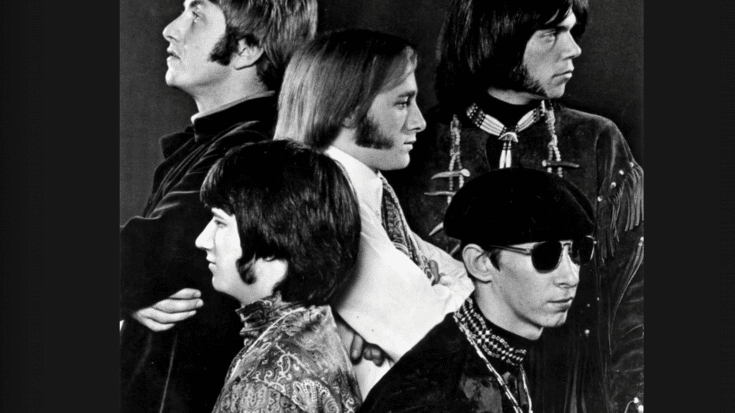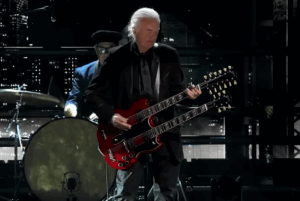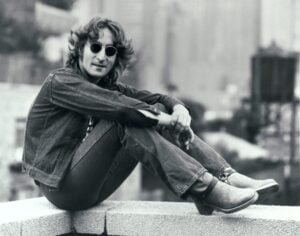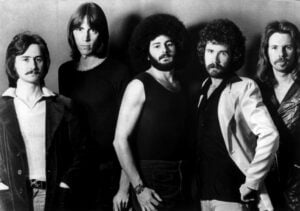On This Day in 1966: Buffalo Springfield Formed—The Band That Paved the Way for Rock Legends

via Sally McDermott / YouTube
A Meeting of Musical Minds
In early 1966, five musicians in Los Angeles began working on new ideas that would soon change the face of rock music. On March 3, they decided to unite their talents and form a group known as Buffalo Springfield. Stephen Stills, Neil Young, Richie Furay, Bruce Palmer, and Dewey Martin each brought a unique perspective shaped by different backgrounds. Stills had spent time in various folk-based acts, honing his songwriting style and guitar skills. Young arrived from Canada, carrying a distinctive approach that combined electric and acoustic influences. Furay came with experience in singing and composing, while Palmer provided solid bass lines. Martin, a skilled drummer, completed the lineup.
From the start, they had an unusual chemistry. Their creative energy made them stand out in the bustling Los Angeles music scene. Early on, they rehearsed in small rooms, testing out harmonies and exploring new ways to blend folk, rock, and country. Listeners in local clubs soon noticed that Buffalo Springfield’s songs carried a fresh sound that went beyond the familiar radio hits of the day. Within a short time, they drew the interest of producers and record labels.
View this post on Instagram
Rise to Prominence
Later in 1966, Buffalo Springfield released their self-titled debut album. One of the tracks would eventually become an anthem for the era: “For What It’s Worth.” Though it was not on the original pressing, it became part of a reissue that spread across the United States. The song’s simple chords and thoughtful lyrics struck a chord with listeners who felt the tensions of the changing social climate. The group’s vocal harmonies and layered guitars showed a style that others would soon copy.
Even as they gained recognition, the band members continued to refine their craft. Stills developed his vocal range, Neil Young wrote songs that balanced reflection and energy, and Furay helped anchor their live performances with his steady presence. Palmer’s bass parts brought depth, while Martin’s drumming added drive. Together, they created a blend of musical ideas that captured the spirit of the late 1960s. Critics praised their performances, and crowds came to see them perform in clubs, theaters, and festivals.
View this post on Instagram
Shifts and New Paths
Despite their early success, Buffalo Springfield faced internal pressures. Artistic differences and business issues strained their connections. Stills wanted to explore fresh collaborations, and Young hoped to expand his solo efforts. Furay sought a different direction, looking to develop a style that drew on country elements. Palmer encountered legal difficulties that made it hard for him to stay in the spotlight, and Martin later chose to tour under the group’s name with different musicians.
By 1968, the band had begun to break apart. Stills formed a new trio with David Crosby of The Byrds and Graham Nash of The Hollies. They became known for tight harmonies and innovative songwriting. Young focused on his own material before joining them for a time, adding a distinctive guitar tone and vocal style to their work. Furay joined forces with Jim Messina and Randy Meisner to start Poco, a group that leaned into country-rock influences. Palmer stepped away from public attention, and Martin carried on with a version of Buffalo Springfield, though it did not reach the same level of fame.
End of an Era
Though their official run was short, Buffalo Springfield left a lasting mark on rock history. They showed that a band could mix folk, rock, and country in a way that reached a broad audience. Their members went on to shape future acts, producing some of the most admired songs of the late 1960s and early 1970s. Even though they performed together for only a couple of years, their impact continued in the music created by Crosby, Stills, Nash & Young, Poco, and the later solo releases that defined each artist’s legacy.













